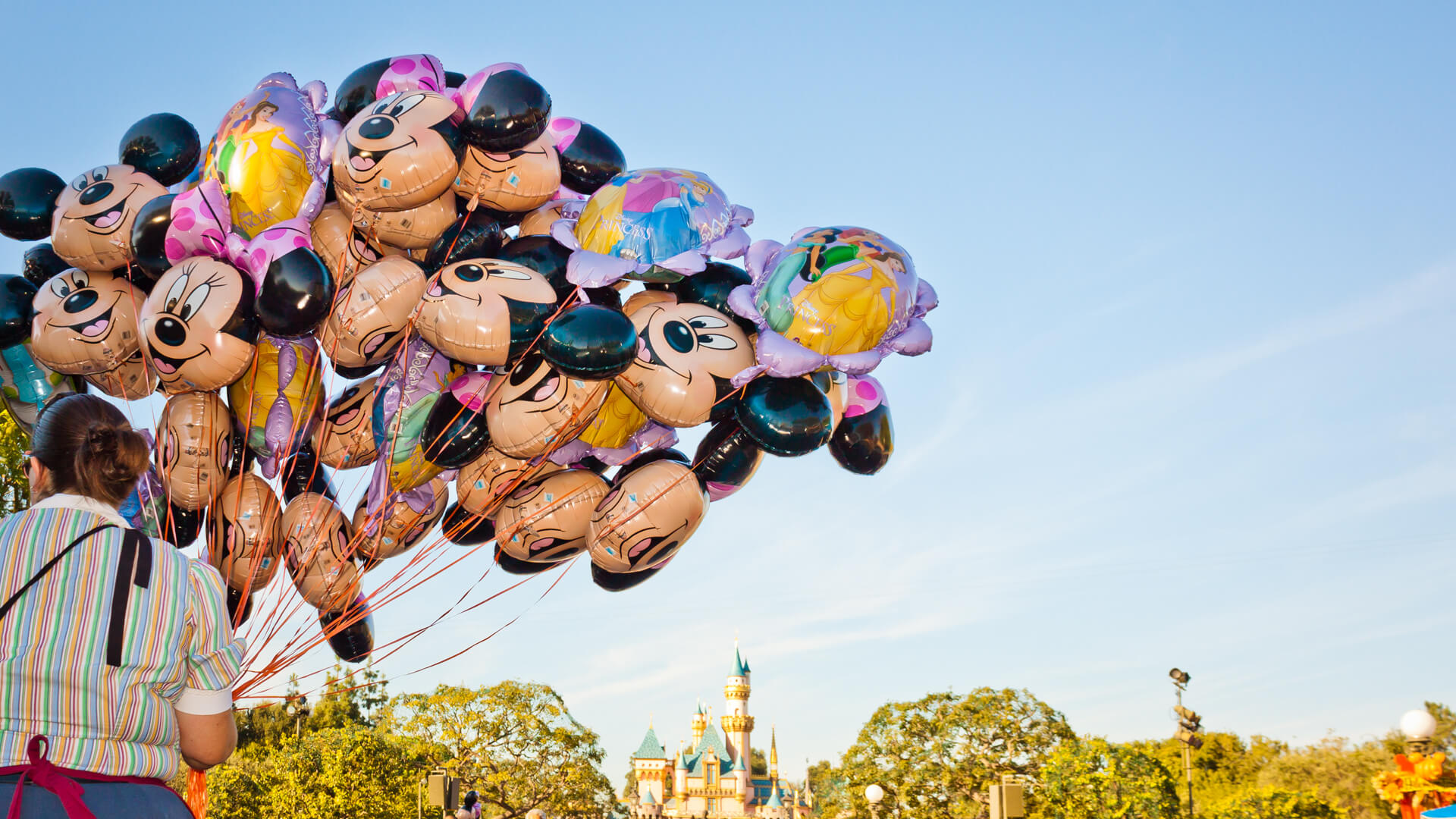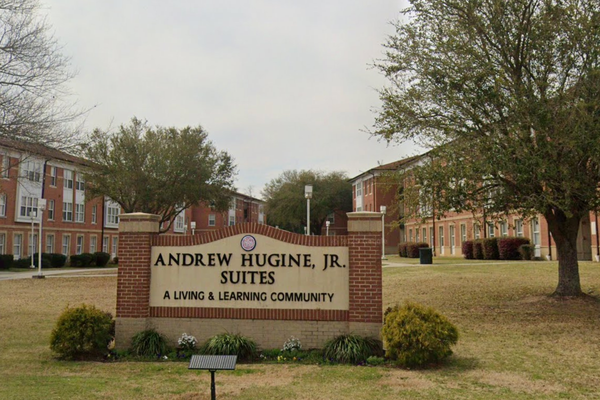
In the commercial and modern capitalist sense, no company has succeeded in monetizing the luxury aspects of the American dream as efficiently as Disney. It may not be as mammoth or wealthy a corporation as Walmart or Amazon, but those two don’t breed the dreams of small children who go to bed thinking they’re the happiest places on Earth. Disney does — and worming into the middle-class psyche like that is about as powerful as power gets.
Check Out: The Most Expensive Disney Merchandise Ever Sold — and Who’s Buying It
Read Next: 10 Unreliable SUVs To Stay Away From Buying
Disney does often deliver a lot of joy, and that’s valuable, but at a price — both literally and figuratively. Disney helped shape the middle-class American dream as we know it, and some of the ideals it continues to promote do us more harm than good. We need to recognize the ways Disney culture hurts our wallets and, ultimately, our hearts.
Insisting That Epic Vacations Make a Happy Childhood
I remember growing up in the 1990s and being blasted with ads not only for Disney movies and Disney merchandise, but for Disney vacations. My parents were divorced — at the time not amicably — and my mom was perpetually broke. Most of my friends had it better, as I saw it, and not because they had bigger houses or more meals out with mom and dad, but solely because they went on epic summer vacations with their parents and siblings. Sometimes the parents took their kids specifically on Disney-branded getaways. And why wouldn’t they, if they could afford it (or shove the costs on credit cards)? Even sitcoms promoted the Disney summer vacation as the definitive family trip.
Disney, on a global level, continues to contribute substantially to the ecosystem of family tourism. And this is not a healthy thing for the middle class, who must stick to a modest budget to ensure financial security. Disney theme park vacations are getting more and more expensive. An analysis by Mouse Hacking determined that in 2025 a baseline Disney World vacation for a family of four (two adults, one child age 10+, one child age 3-9) costs $7,093 ($355 per person per night). That’s outrageous considering that some middle-class families in the U.S. make less than $26,000 a year.
Signaling That the Road to Contentment Is Paved With Purchases
It’s (unfortunately) true that money can buy happiness — numerous scientific research has sealed that deal. But this is a somewhat nuanced fact. Most research finds that genuine happiness isn’t measurably augmented by pricey products or luxury experiences. What makes us happy is feeling financially comfortable. The things that delight us are simple and deep: a safe home in a livable neighborhood; a paycheck that doesn’t necessitate workaholism and burnout; debt-free access to education, health and retirement.
Most highly profitable, consumer-facing businesses want you to feel that you and your family’s best life can’t be had without their services or items, but few companies are as unbelievably good at serving this feeling specifically to the middle class. Disney vacations, for example, notoriously push Americans into debt — and the sickest thing about that is that a lot of people think the Disney-induced debt is worth it. By biting the Disney bait, we’re falling into money pits that actually deprive us of the real stuff of happiness — stuff that money can’t buy, per se, but can enable.
Promoting the Nuclear Family as the Ideal Norm
This is something we still see Disney promote in ads for its parks and vacation packages. The “classic” nuclear family. Usually it’s two heteronormative parents with two or three children in tow. And we see it a lot in traditional sitcoms, too.
Disney didn’t invent the concept of the nuclear family, but Disney, via its books, films, shows, ads and merchandise, helped shape conventional gender roles and very specific family dynamics that became mainstream middle-class ideals in in the 1950s and still persuade us. This concept no longer serves us as families have evolved to look many different ways. We see now that dual-income households, blended families, foster families, adoptive families and families with queer parents or single parents making happy homes. Yet Disney still holds fast to an outdated model of a middle-class household.
It’s pretty unlikely that Disney will shed these ideals that helped build its monumental, enduring legacy. So it’s on us to realize that they no longer represent or serve us. They can even hurt us by causing debt and disappointment. Let’s accept that we can be free of these toxic fairytales and still access the happiest place on Earth — a place that could very well be at home with loved ones, knowing the bills are paid and the kids are alright — without the $8,000 vacay.
More From GOBankingRates
- I'm a Realtor: This Is Why No One Wants To See Your Home
- 3 Things Retirees Should Stop Buying To Save Money Amid Tariffs
- Mark Cuban Tells Americans To Stock Up on Consumables as Trump's Tariffs Hit -- Here's What To Buy
- 7 Luxury SUVs That Will Become Affordable in 2025
This article originally appeared on GOBankingRates.com: How Disney Shaped the Middle-Class American Dream — And Why It’s Time To Let It Go







